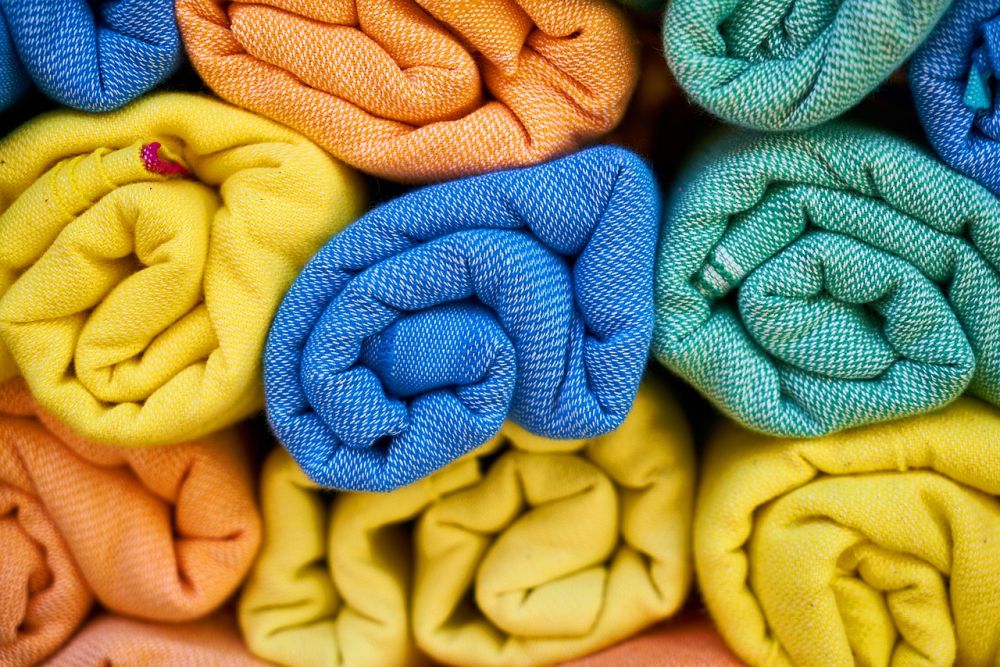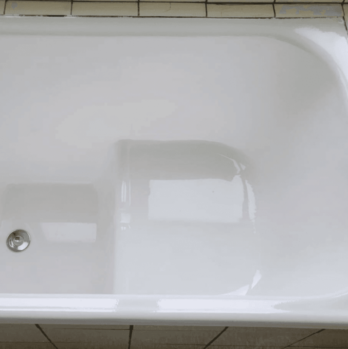Microcement is becoming an increasingly popular choice for bathroom surfaces due to its versatility, durability, and aesthetic appeal

In this article, we will explore the key aspects of microcement bathrooms, provide a historical overview of its development, and offer valuable insights for homeowners and property owners interested in this topic.
Introduction to Microcement Bathrooms
Microcement, also known as microtopping or microconcrete, is a type of decorative cement coating that can be applied to various surfaces, including floors, walls, and countertops. It is a versatile material that offers endless design possibilities, making it highly suitable for bathroom applications. This thin layer of cement is highly resistant to water, making it ideal for humid environments like bathrooms. Moreover, its smooth and seamless finish provides a sleek and contemporary look, enhancing the overall aesthetic of the space.
Key Considerations for Microcement Bathrooms

When considering a microcement bathroom, there are several important factors to keep in mind. Firstly, it is essential to ensure that the surface to be coated is clean, dry, and well-prepared. Any existing tiles or coatings should be removed, and the underlying substrate should be adequately primed. This preparation ensures a durable and long-lasting finish.
Another crucial aspect to consider is the color and texture options available for microcement. With a wide variety of colors and finishes to choose from, homeowners can customize their bathroom according to their personal preferences and interior design scheme. From minimalist and contemporary to rustic and industrial, microcement offers endless possibilities.
Furthermore, maintenance is relatively easy for microcement bathrooms. Regular cleaning with non-abrasive products is sufficient to keep the surface clean and gleaming. Additionally, a protective sealant should be applied periodically to maintain the waterproof properties of the microcement layer.
Historical Development of Microcement Bathrooms
The concept of microcement can be traced back to the mid-20th century when it was first used as an industrial flooring solution due to its durability and resistance. However, it wasn’t until the late 20th century that microcement gained traction as a decorative material for interior design purposes.
Since then, microcement has evolved significantly, both in terms of its composition and application techniques. Manufacturers have refined the blend of cement, polymers, and aggregates to improve the material’s strength, flexibility, and adhesion properties. This development has allowed for more extensive use of microcement in various areas of the home, including bathrooms.
Moreover, advancements in application techniques, such as the introduction of trowels and special tools, have made it easier for professionals to achieve a flawless finish on vertical surfaces, including shower walls and baths. These innovations have further contributed to the growing popularity of microcement bathrooms.
Tips for a Successful Microcement Bathroom Project
– Ensure proper surface preparation by removing existing coatings and priming the substrate.
– Seek professional assistance for the application process to ensure a flawless and durable finish.
– Consider the overall design aesthetics and choose a color and texture that complements the bathroom’s style.
– Regularly clean the microcement surface with non-abrasive products to maintain its appearance.
– Apply a protective sealant periodically to preserve the waterproof properties of the microcement layer.
In conclusion, microcement bathrooms offer a versatile and aesthetically pleasing alternative for homeowners and property owners seeking a modern and unique interior design solution. With its waterproof properties, wide range of colors and finishes, and relatively easy maintenance, microcement is an excellent choice for creating a stylish and functional bathroom space. By considering the key factors outlined in this article and seeking professional assistance, homeowners can transform their bathrooms into visual masterpieces that stand the test of time.











